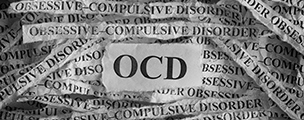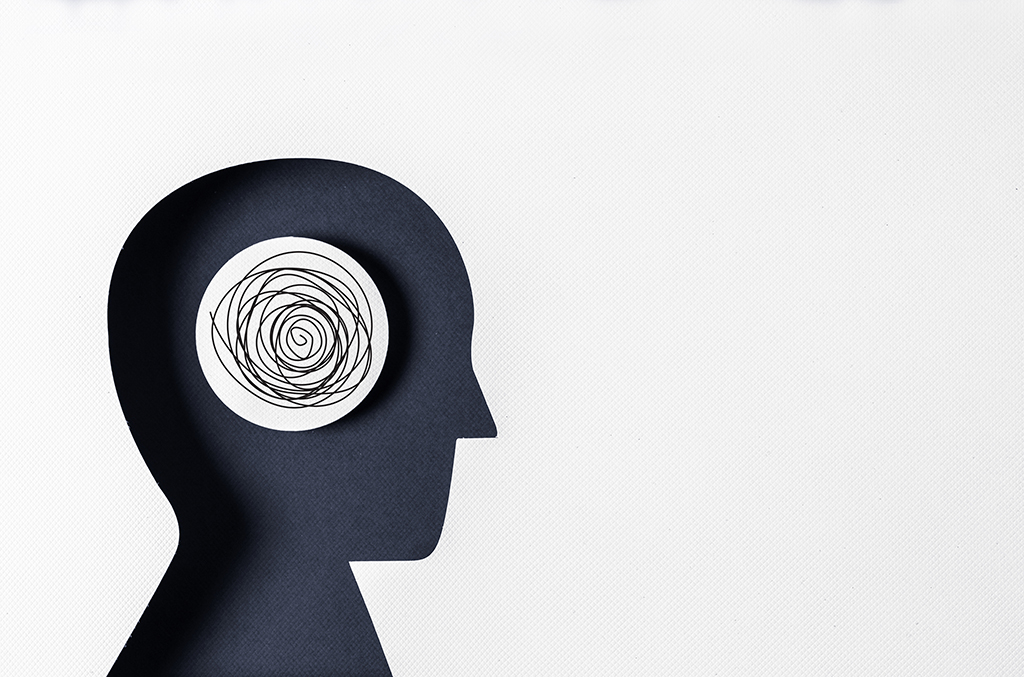

OCD causes significant anxiety and is characterized by obsessions and compulsions. It can also manifest with physical symptoms such as repeated motor movements, facial tics and blinking.


Did you know our brain is capable of growing and changing across the course of your life? This concept is called neuroplasticity. We have the ability to actually train our brain into an empowered and resilient state. Join Dr. Kate in this guided meditation and experience the power of the Creating Possibilities Protocol and begin to design your world!
Join Dr. Kate in this brief video to learn easy ways to build self-compassion and gratitude into your day-to-day life. By entering into a state of gratitude or compassion, we can minimize the anxiety, stress, and worry that our amygdala can cause. Dr. Kate explains that the amygdala is in charge of processing all emotions, so when we enter into a state of gratitude, self-compassion, or understanding, we can shift our mental state into a much more positive one.
She teaches us two exercises that look to increase our states of gratitude and self-compassion. The first involves writing down three core things at the end of each day that you are grateful for. The size of the thing doesn’t matter, what’s important is focusing on the good things surrounding us that make us feel grateful.
The second exercise is writing three to five sentences that are self-compassionate. If this seems daunting, Dr. Kate explains that you can imagine that you are comforting a loved one through a hard time. By embracing these exercises, you will begin to feel the shift from worry to compassion.Nothing diminishes anxiety faster than action.
—Walter Anderson

The journey toward calming and healing starts with deepening your relationship with what is causing your distress.
Exposure and Response Prevention (ERP) is a proven, highly effective therapy for people living with Obsessive Compulsive Disorder (OCD) or a range of other conditions caused by anxiety. It may seem counterintuitive, but with all forms of stress, anxiety, and worry, the journey toward calming and healing the brain starts with deepening your relationship with what is causing your distress.
To heal OCD, it is important to know what is happening in the brains of people who continually experience it. The first element is obsessive fear, dread, uncertainty or disgust triggered by certain sensations, thoughts or images. This leads to the second element—compulsions—which are mental or physical responses to the obsessions. For example, if someone is obsessed with protecting themselves from viruses, they may clean themselves and their surroundings excessively to temporarily relieve their anxiety.
Note the term, temporarily, because these compulsions do not resolve the underlying issues in the long-term. As soon as something else triggers the obsession, the compulsions return again. ERP is how we break this cycle of compulsion and stress-avoidance.

So, how does ERP work?
According to the International OCD Foundation, the Exposure in ERP refers to someone exposing themselves to thoughts, images, objects, and situations that make them anxious and/or start to trigger their obsessions. The second part, Response Prevention, refers to the person choosing not to engage in a compulsive behavior once their anxiety or obsessive behaviors have been triggered.
With ERP, we expose people—in manageable increments, of course—to the things that cause them distress, and then teach them how to tolerate them without responding with compulsions. Your healing journey starts with expert guidance from our therapy team, who develop exposure exercises tailored to you. Our techniques are designed to put the “healing in your hands” so that you can move forward on your own toward breaking the anxiety-avoidance cycle and living your life to the fullest. Contact us today to learn more! Contact the Dr.Truitt & Associates team today for a complimentary consultation.
Imagine a life where you do more than just survive, where you take the reins of healing so you can thrive and help build your resilient brain.
It’s time to Live Your Excellence.
Visit our Living Your Excellence Blog
Choose from our articles below to explore how the latest advances in neuroscience create opportunities for harnessing the power of neuroplasticity, and create a space for inspiration to flow.
———————————
Federal Department of Consumer Affairs and Board Of Behavioral Science Notifications For Consumers